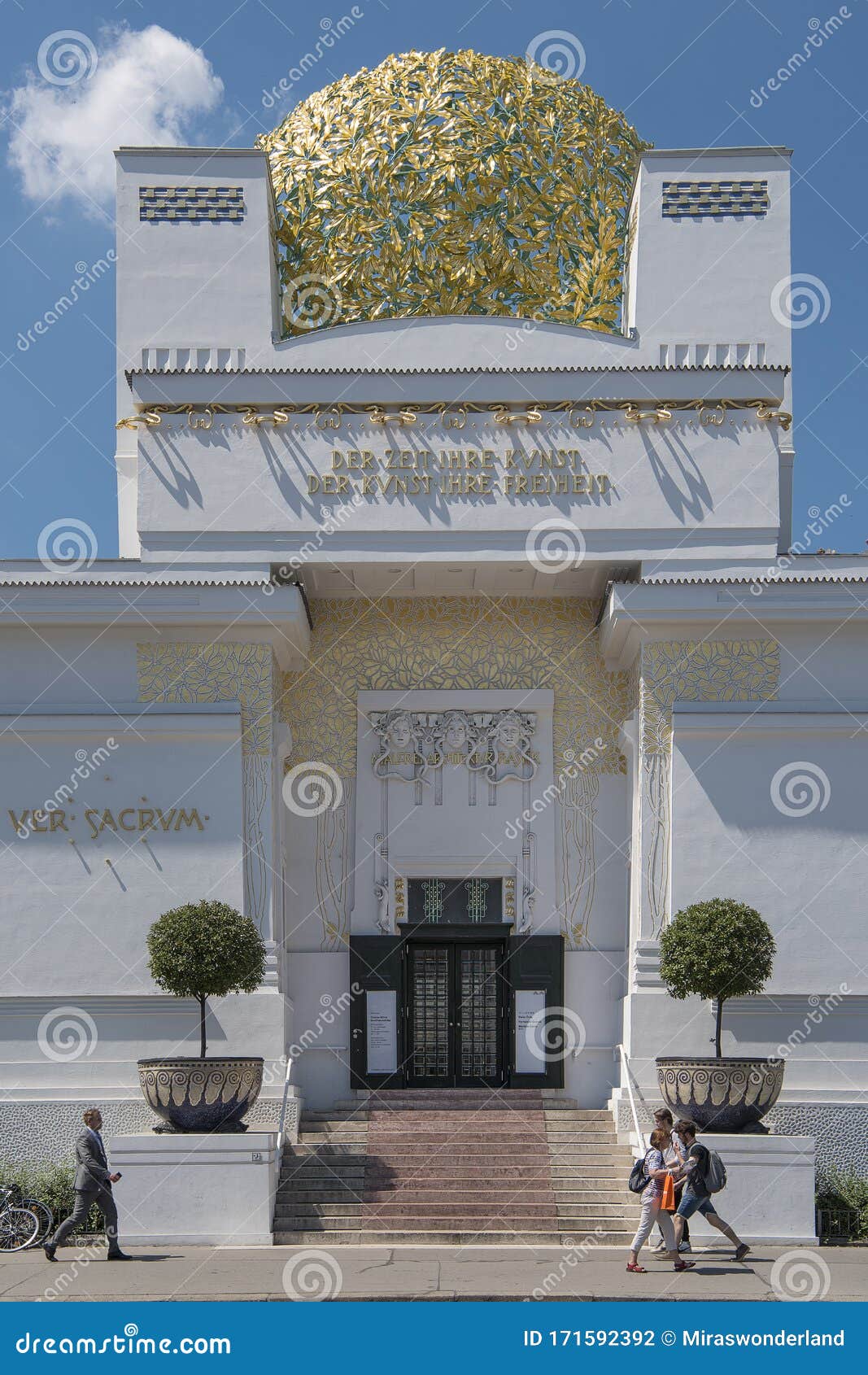
S 781) 1906 silver 21.3 x 7.2 x 4.3 cm Asenbaum Collection Josef HOFFMANN (designer) Austria-Hungary 1870–1956 WÜRBEL & CZOKALLY (CARL WÜRBEL), Vienna (manufacturer) Austria-Hungary 1892–1913 VINZENZ MAYER’S SÖHNE, Vienna (retailer) Austria-Hungary 1810–1922 Sports trophy 1902 silver, gilt, malachite 26.0 x 7.1 cm diameter Private collection © Josef Hoffmann Estate George MINNE Belgium 1866-1941 Kneeling youth 1898 plaster 79.5 x 19.4 x 44.3 cm National Gallery of Victoria, Melbourne Purchased, NGV Women’s Association to commemorate their 50th Anniversary and the 150th Anniversary of the NGV and with the assistance of the proceeds of the National Gallery of Victoria Annual Dinners, 2011 (2011.10) Licensed by VISCOPY, Australia Egon SCHIELE Self-portrait with peacock waistcoat, standing 1911 gouache, watercolour and crayon 51.5 x 34.5 cm Private collection Oskar KOKOSCHKA Austria-Hungary/Czechoslovakia/England 1886-1980 Conte Verona (1910) oil on canvas 70.6 x 58.7 cm Private collection, New York Approved: Licensed by VISCOPY, Australia Otto WAGNER (designer) Austria 1841–1918 Alexander ALBERT (manufacturer) Austria active c.1904 Chair for Dr Karl Lueger 1904 Rosewood (Dalbergia sp.), mother-of-pearl, leather 98.5 x 63 x 59.5 cm Wien Museum, Vienna Estate of Karl Lueger, 1910 Enver Hirsch Unknown Gustav Mahler conducts his Symphony No. Viennese Jugendstil evolved over time to incorporate greater emphasis on simplified forms and geometric motifs.Įgon SCHIELE Austria 1890–1918 Self-portrait with hands on chest 1910 charcoal, watercolour and gouache 44.8 x 31.2 cm Kunsthaus Zug, Stiftung Sammlung Kamm Gustav KLIMT Austria 1862–1918 Fritza Riedler 1906 oil on canvas 152.0 x 134.0 cm Belvedere, Vienna Egon SCHIELE Austria-Hungary 1890–1918 Portrait of the painter Hans Massmann 1909 oil and metallic paint on canvas 120.0 x 110.0 cm Kunsthaus Zug Stiftung Sammlung Kamm Koloman MOSER (designer) Austria-Hungary 1868-1918 WIENER WERKSTÄTTE, Vienna (manufacturer) Austria-Hungary 1903-32 Flower basket (Model no. Art Nouveau was an international art movement that was characterised by its use of flowing curved lines and plant forms. The Vienna Secession was not characterised by one single style but was linked closely with Jugendstil – literally 'youth style', the German-speaking world's adaptation of Art Nouveau. They viewed all forms of art and craft as having equal status and aspired to the Gesamtkunstwerk (total work of art) that encompassed all aspects of the visual environment.

They aimed to bring purer forms to art and design and to make a separation from the historical styles of the past. The Secessionists – among them Gustav Klimt, Koloman Moser, Josef Hoffmann, Joseph Maria Olbrich and Alfred Roller – were united by a shared desire to integrate art into all aspects of life. This group aimed to create new, progressive art, to bring contemporary international art to Viennese audiences and to provide a forum for the discussion and distribution of new ideas about art and culture. Secession building and exhibition program.Formed in 1897, its radical period was brief yet its impact on the cultural life of Vienna and beyond was immense and enduring.

The Vienna Secession was the name given to the group of artists, architects and designers that broke away from the main establishment of Viennese artists to form their own group.


 0 kommentar(er)
0 kommentar(er)
